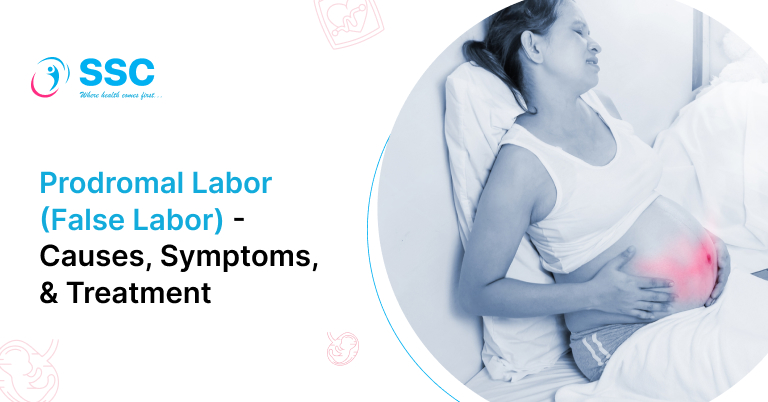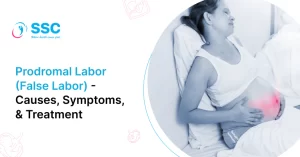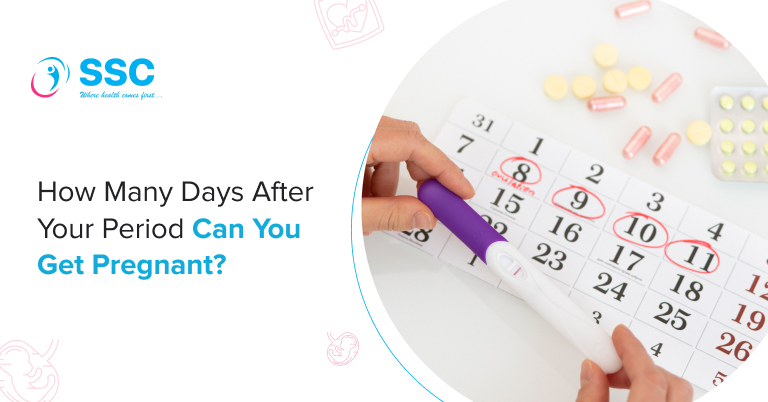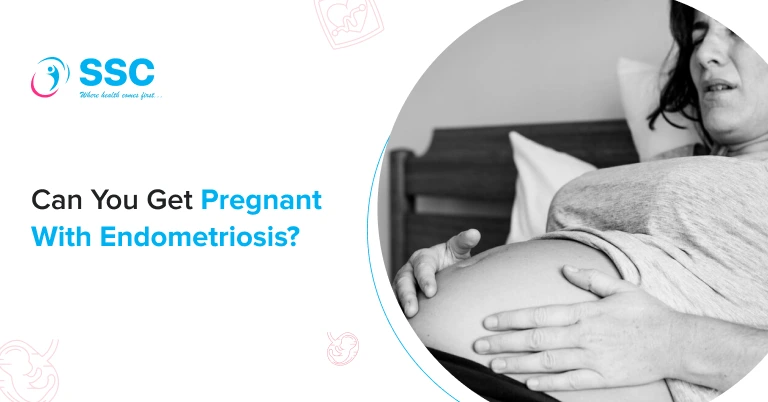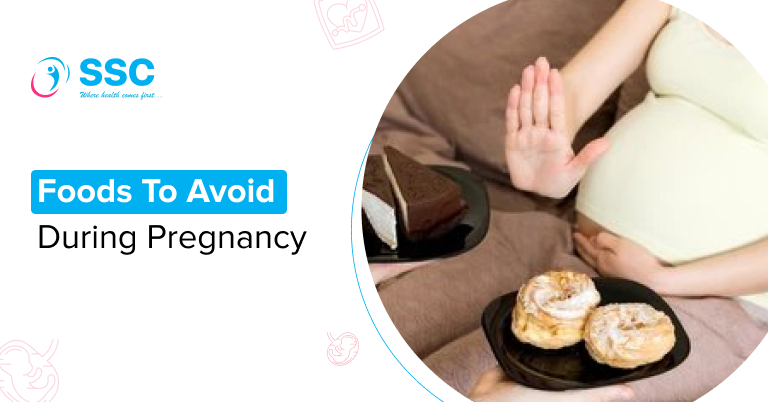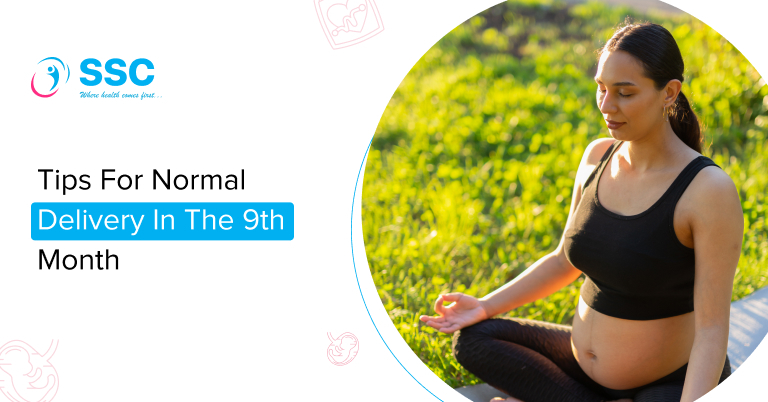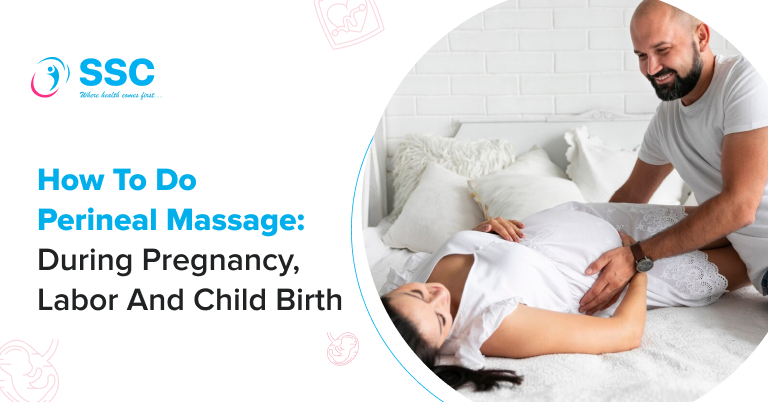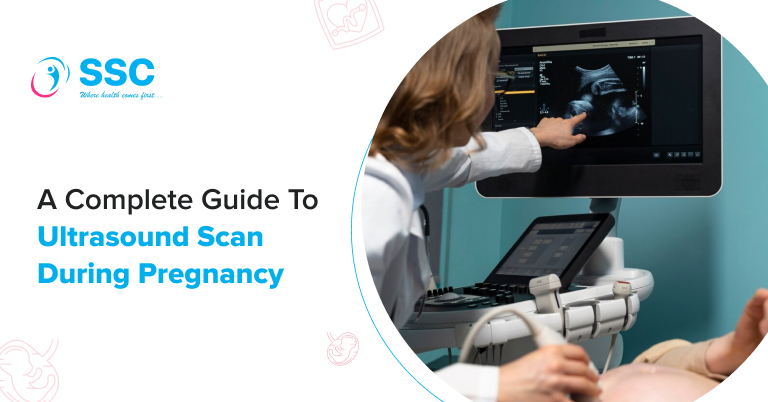Prodromal Labor
Prodromal labor is a form of false labor that typically happens during the third trimester of pregnancy.
It feels similar to real labor, but the contractions don’t intensify, become more regular, or cause cervical dilation or effacement.
Prodromal labor is a stage of early contractions that can develop in the final weeks of pregnancy. These contractions are often mistaken for true labor due to their intensity and regular timing.
They may occur every five minutes and last about 60 seconds, closely resembling active labor. Prodromal contractions, unlike true labor, do not become stronger or more frequent, nor do they cause cervical dilatation or effacement.
How do you Tell if it’s Real Labor or just a False Contraction?
Prodromal labor involves early, regular contractions that often appear in the final weeks of pregnancy. These are one of the most common false labor signs and are frequently mistaken for true labor due to their intensity and timing.
- Contraction Strength
- Prodromal: Stays the same intensity
- Real: Gets stronger over time.
- Timing Between Contractions
- Prodromal: May stay regular but doesn’t get closer together
- Real: Contractions come closer and closer together.
- Cervical Changes
- Prodromal: No dilation or effacement
- Real: Cervix dilates and effaces
- Progression
- Prodromal: Stalls or stops
- Real: Continues to progress until delivery.
- Outcome
- Prodromal: Doesn’t lead to birth
- Real: Ends with the baby’s delivery.
Prodromal Labor vs. Braxton Hicks: How to Tell the Difference?
Braxton Hicks contractions are usually mild, irregular, and unpredictable. They don’t follow a consistent pattern and often go away when you change position, rest, or stay hydrated. They are your body’s way of gently preparing for labor, but they don’t cause any changes to your cervix.
Prodromal labor contractions, on the other hand, are stronger and more regular. They can arrive every 5 to 10 minutes and last up to a minute, much like real labor. However, they don’t progress over time and won’t lead to cervical dilation. Prodromal contractions, unlike Braxton Hicks, may continue to occur even after rest or movement.
What Causes Prodormal Labor?
The exact cause of prodromal labor isn’t fully understood, but it’s widely believed to be your body’s way of preparing for the real thing. These early contractions can feel intense and regular, but they don’t lead to active labor.
- Baby’s Position: If your baby is in a breech or less-than-ideal position, the uterus may respond with contractions to encourage movement. If repositioning isn’t successful, the contractions might subside.
- Hormonal Changes: Natural shifts in hormone levels toward the end of pregnancy can stimulate the uterus and may lead to prodromal contractions.
- Uterine Irritability: As the uterus prepares for labor, you might experience occasional and uncomfortable contractions as part of this preparation.
- Physical Factors: An uneven pelvis or a unique uterine shape could make these practice contractions more likely.
- Emotional Triggers: Anxiety, stress, or fear, either about childbirth or other personal matters, might play a role in triggering prodromal labor.
- Previous Pregnancies: Women who have had multiple pregnancies may notice prodromal labor more often, possibly due to how the uterus has adapted or changed over time.
What are the Symptoms of Prodromal Labor?
Prodromal labor can be difficult to identify because it closely resembles early labor and Braxton Hicks contractions. However, some specific signs can help you recognize it:
- Tightening in the Abdomen: A firm or tightening sensation is usually felt across the front of the belly.
- Cramping or Mild Pain: Some women describe it as cramping or discomfort that doesn’t intensify over time.
- Duration of Contractions: Each contraction may last up to 60 seconds.
- Contraction Timing: They might occur every five to ten minutes, but don’t become stronger or more frequent.
- Irregular Patterns: Unlike real labor, these contractions may not follow a steady pattern and may come and go unexpectedly.
- Back Pain: A dull ache in the lower back is commonly experienced.
- Pelvic Pressure: You might feel pressure or heaviness in the pelvic area.
- General Discomfort: The ongoing nature of these symptoms can be tiring, especially when there’s no progression.
- No Cervical Changes: The most reliable way to confirm prodromal labor is through a cervical check. If there has been no dilation or change since your last examination, it is most likely false labor.
How Does Prodromal Labor Feel?
Prodromal labor resembles early labor contractions in that it is characterized by intense cramping or tightness in the front of the belly. These contractions often last about 60 seconds and may occur every five minutes, making them easy to confuse with real labor. However, they don’t progress or lead to cervical changes.
Is Prodromal Labor a Sign That Real Labor is Near?
Prodromal labor can start in the final weeks of pregnancy, but it doesn’t guarantee that active labor will begin soon. While it’s a sign your body is getting ready for birth, it may still be days or even weeks before true labor starts. Labor timing varies for every pregnancy and cannot be precisely predicted.
How can you Tell if Prodromal Labor is Turning into Real Labor?
It can be hard to know for sure without a pelvic exam, but there are signs to watch for. If your contractions become stronger, last more than one minute, and start happening every five minutes or less for over an hour, you may be entering active labor.
You might also notice increased pain, light spotting, or your water breaking. If you’re uncertain about your symptoms, contact your healthcare provider as soon as possible to discuss what you’re experiencing and determine whether you need to visit the hospital or come in for an examination.
How to Manage Prodromal Labor?
Having pre-labor symptoms that keep coming back can make you feel very tired and emotionally stressed. If you’re experiencing prodromal labor, here are some helpful ways to manage the discomfort at home:
- Take a warm shower to relax
- Rest or nap if you feel sleepy
- Drink water
- Eat small snacks to keep your strength up.
- Watch a movie, read a book, or listen to music—anything that helps you feel calm.
- Go for a slow walk if you feel up to it.
- Pack your hospital bag or do small, easy tasks.
- Try calming activities like deep breathing, light stretching, or meditation.
- Don’t push yourself too hard with tiring things like cleaning, cooking, or hard exercise.
Don’t be afraid to ask for help. It’s okay to need support before your baby arrives.
When to Call the Doctor?
If your pregnancy is low-risk, you might not need to call your doctor right away during prodromal labor. But since it’s hard to tell false labor from real labor, it’s always okay to check in if you’re unsure.
Call your healthcare provider if:
- Contractions get stronger and closer together
- You have constant lower back pain.
- You can’t walk or talk through contractions.
- Your water breaks (gush or trickle)
- You see light spotting or lose your mucus plug.
- Call right away if you notice bright red bleeding.
Bottom Line:
Prodromal labor can be an emotionally and physically challenging part of the final weeks of pregnancy. While it may not signal the immediate start of active labor, understanding its signs and having a few simple coping strategies can help you feel more in control.
Every pregnancy is different, so trust your instincts, stay in touch with your healthcare provider, and take care of yourself as you prepare to welcome your baby.

